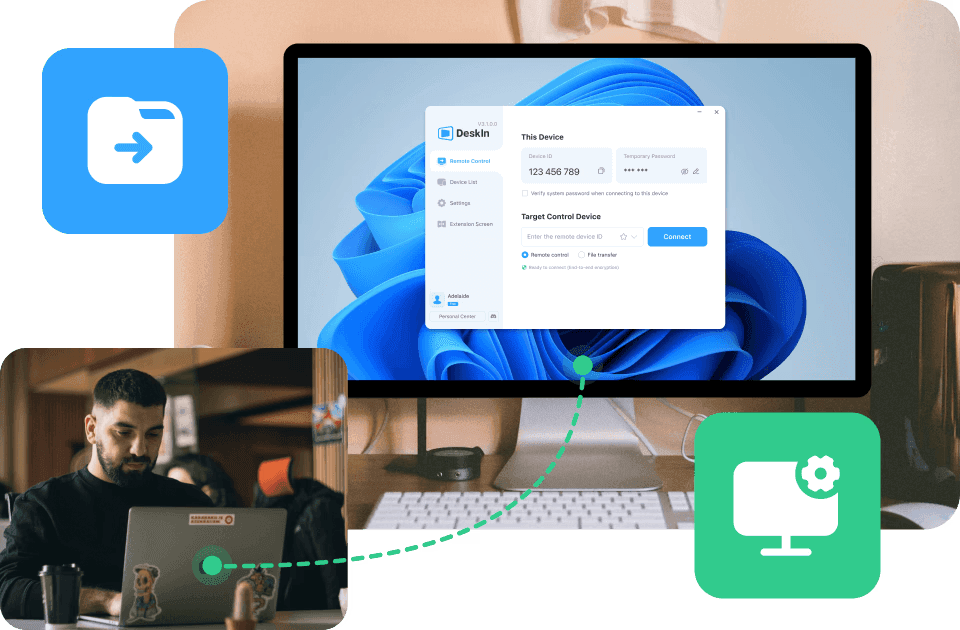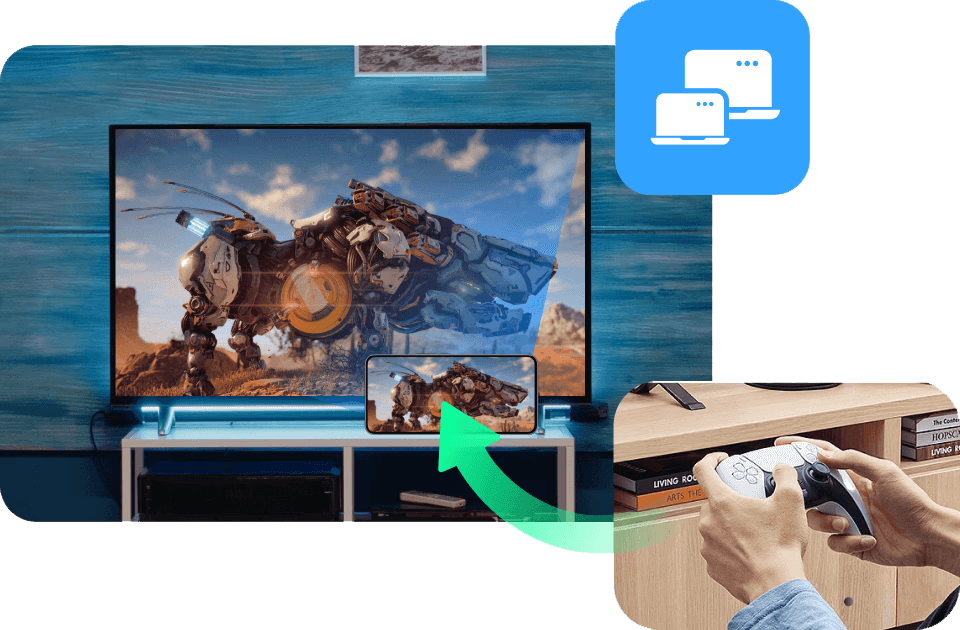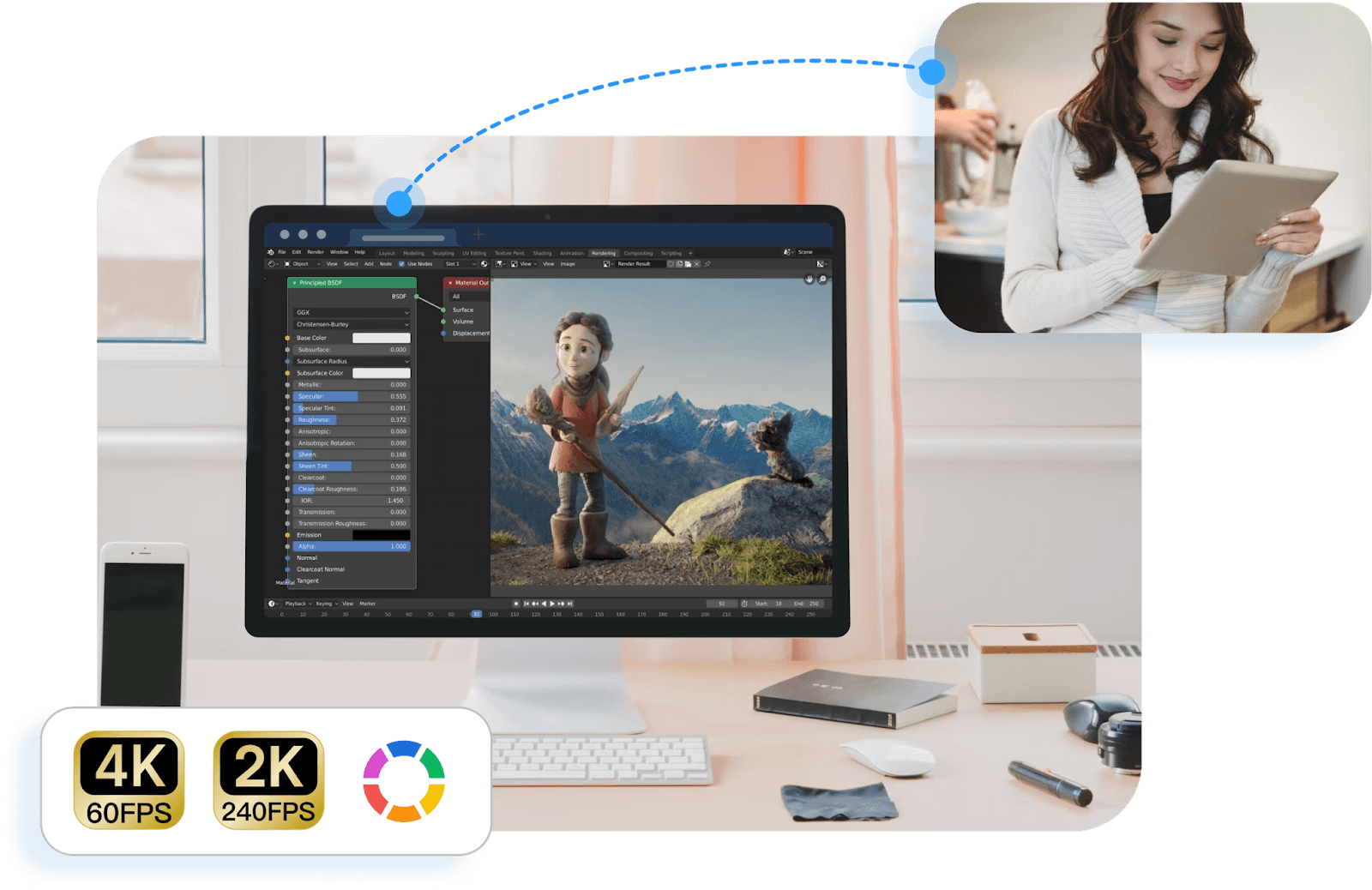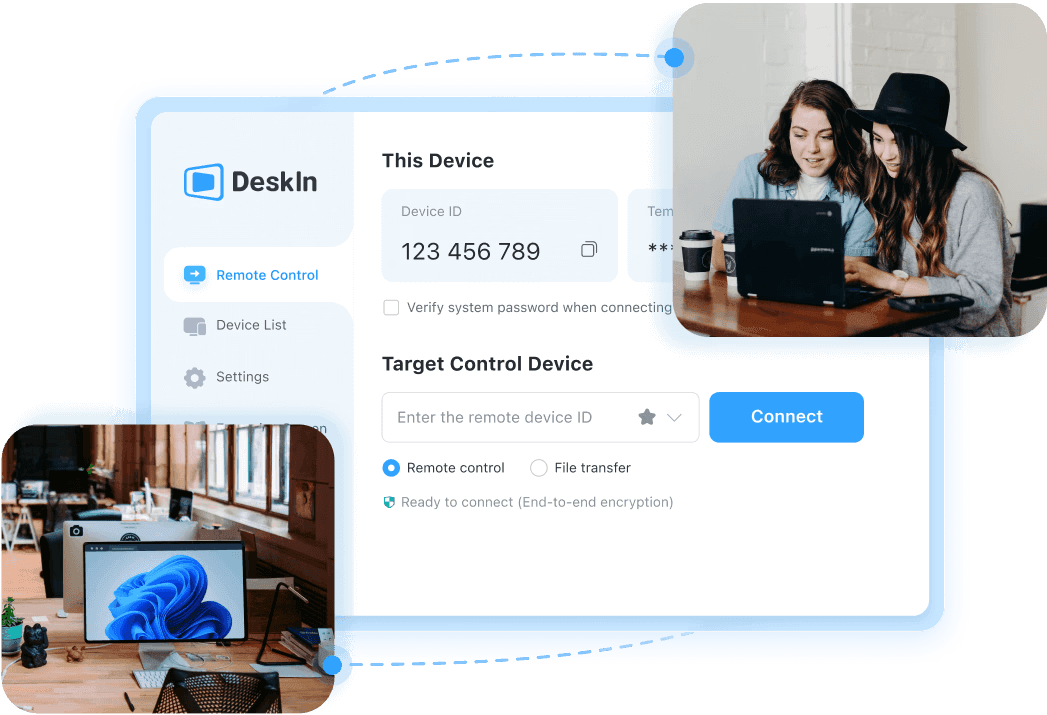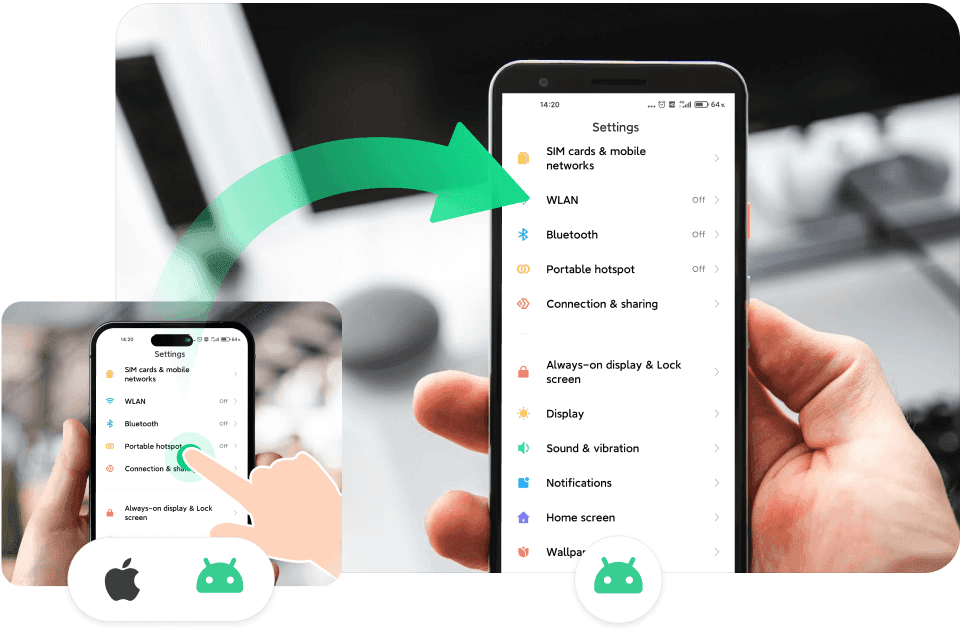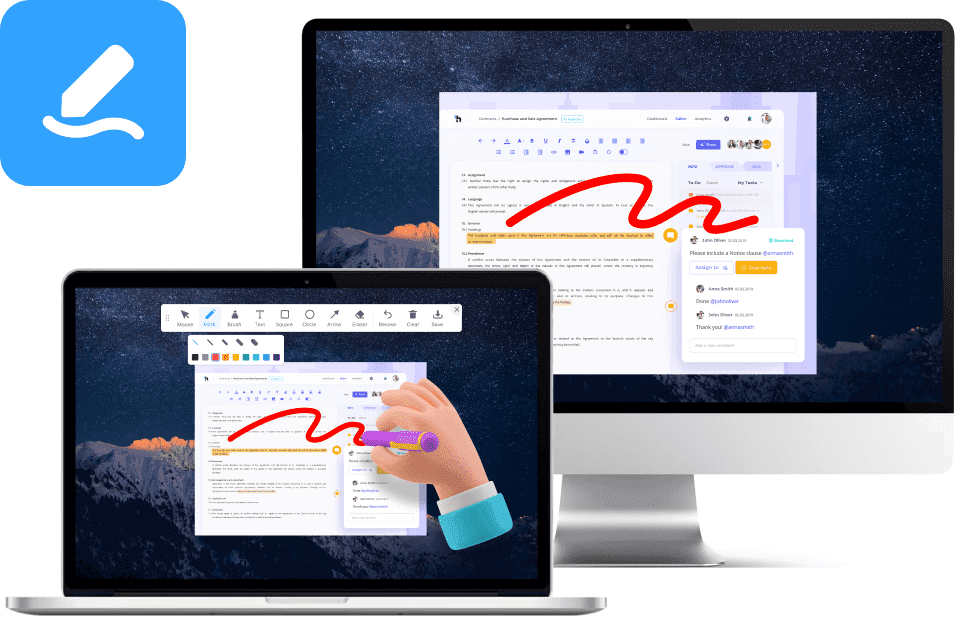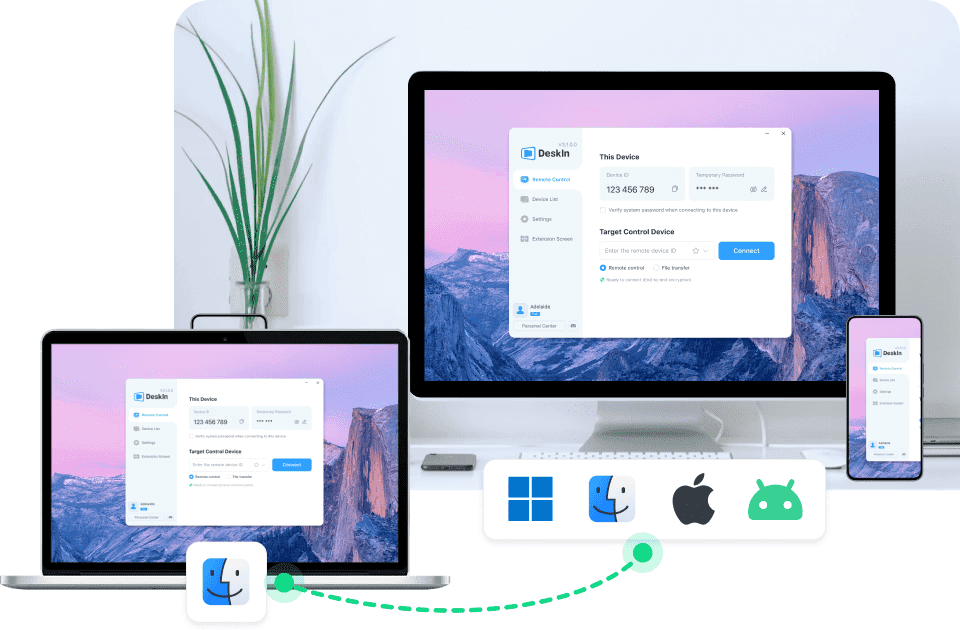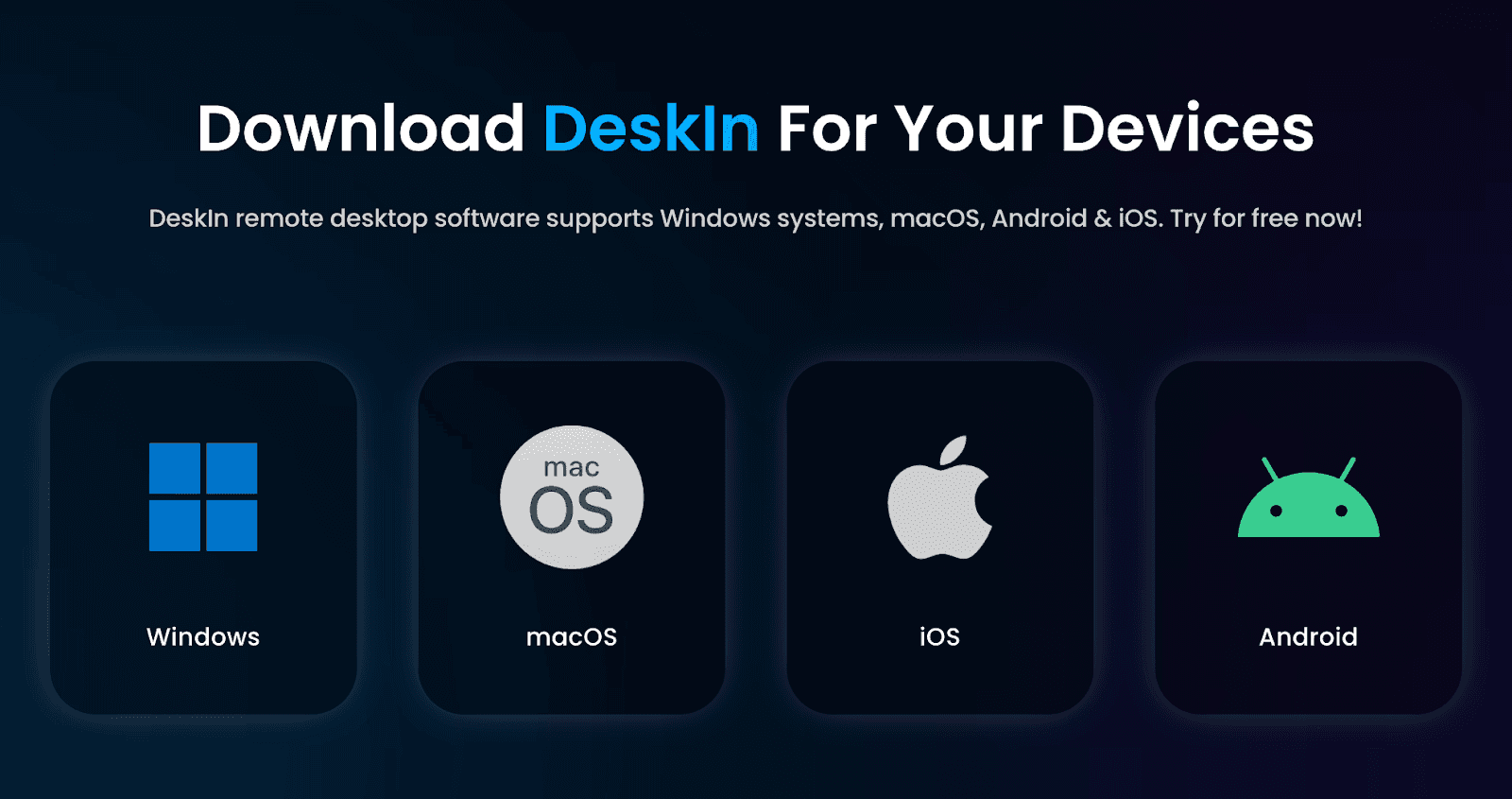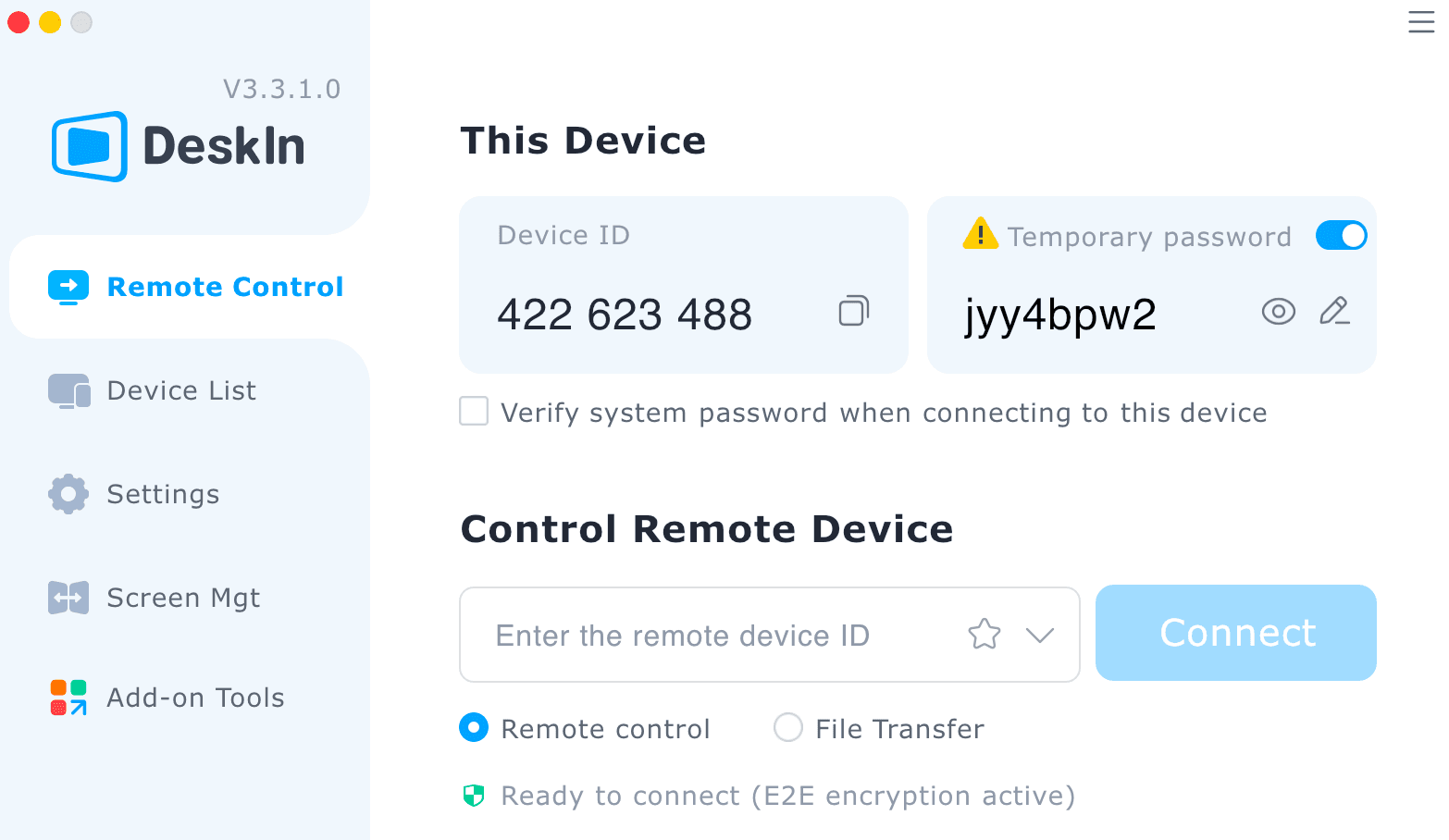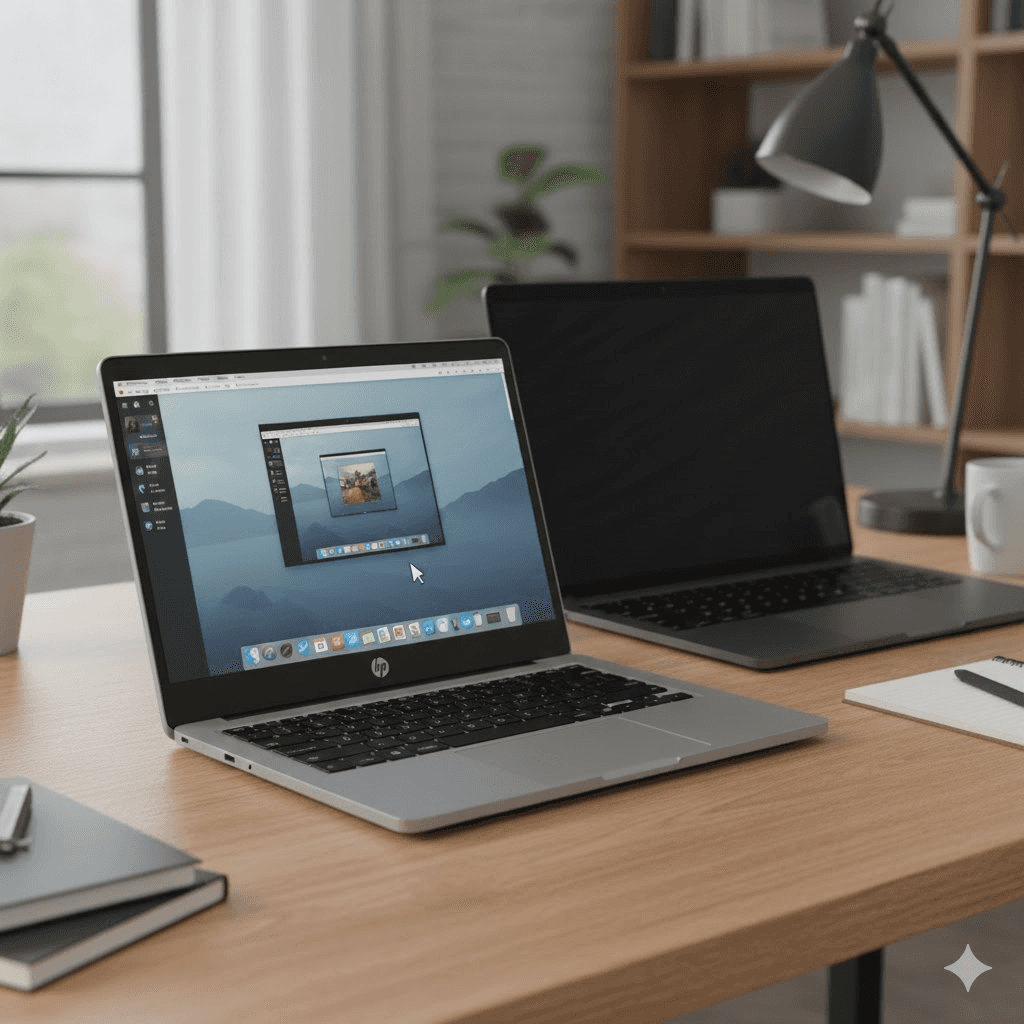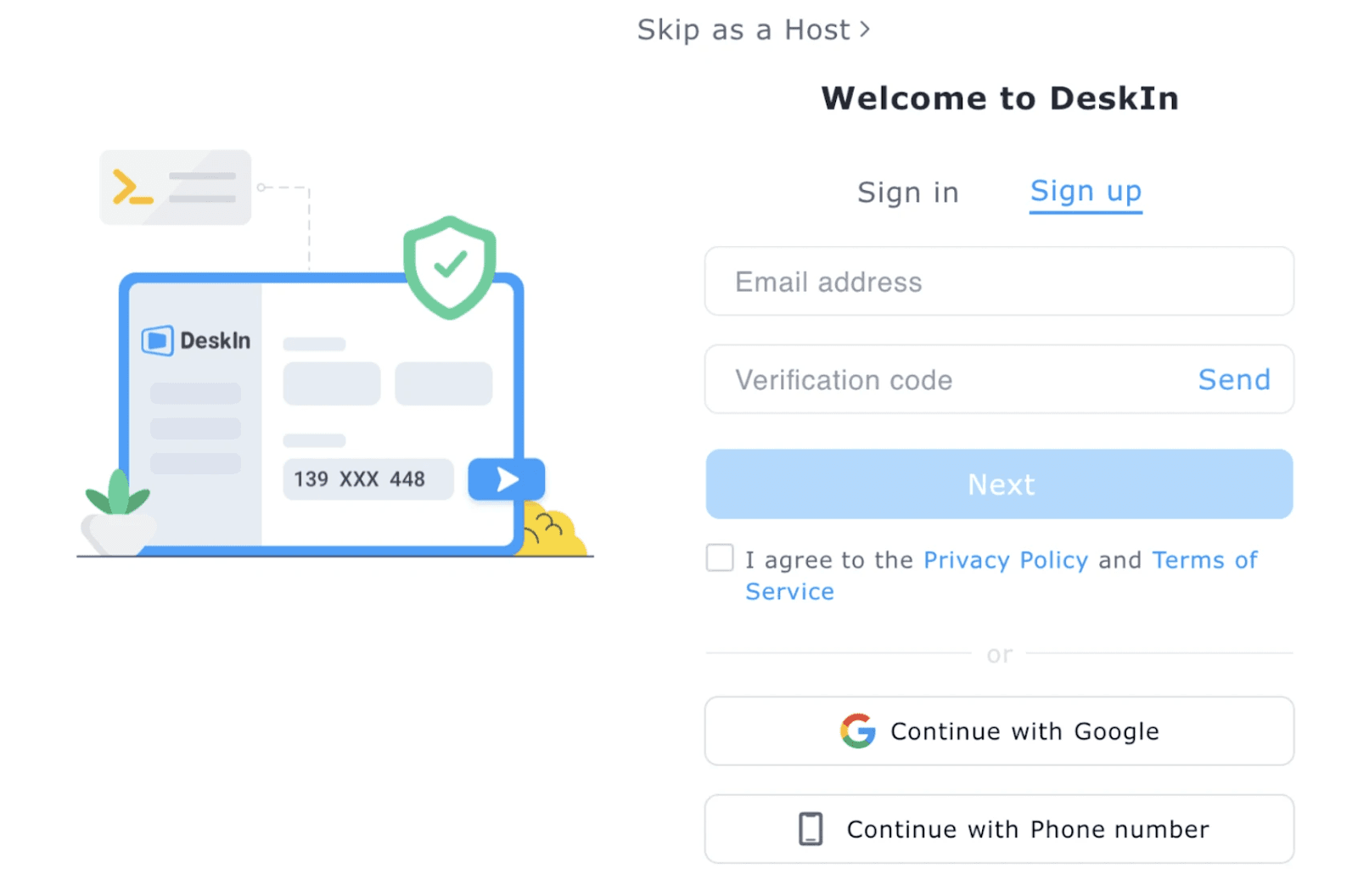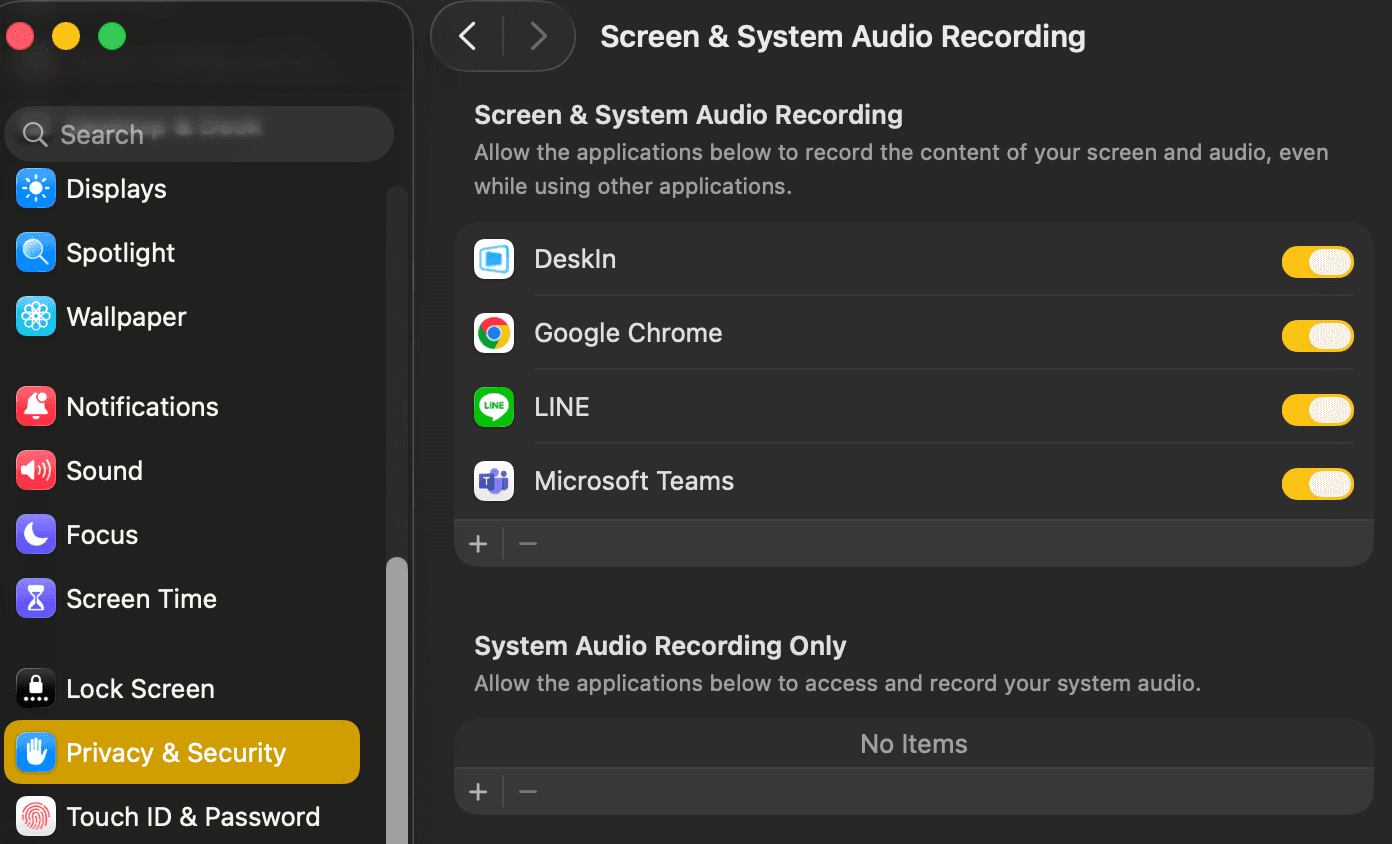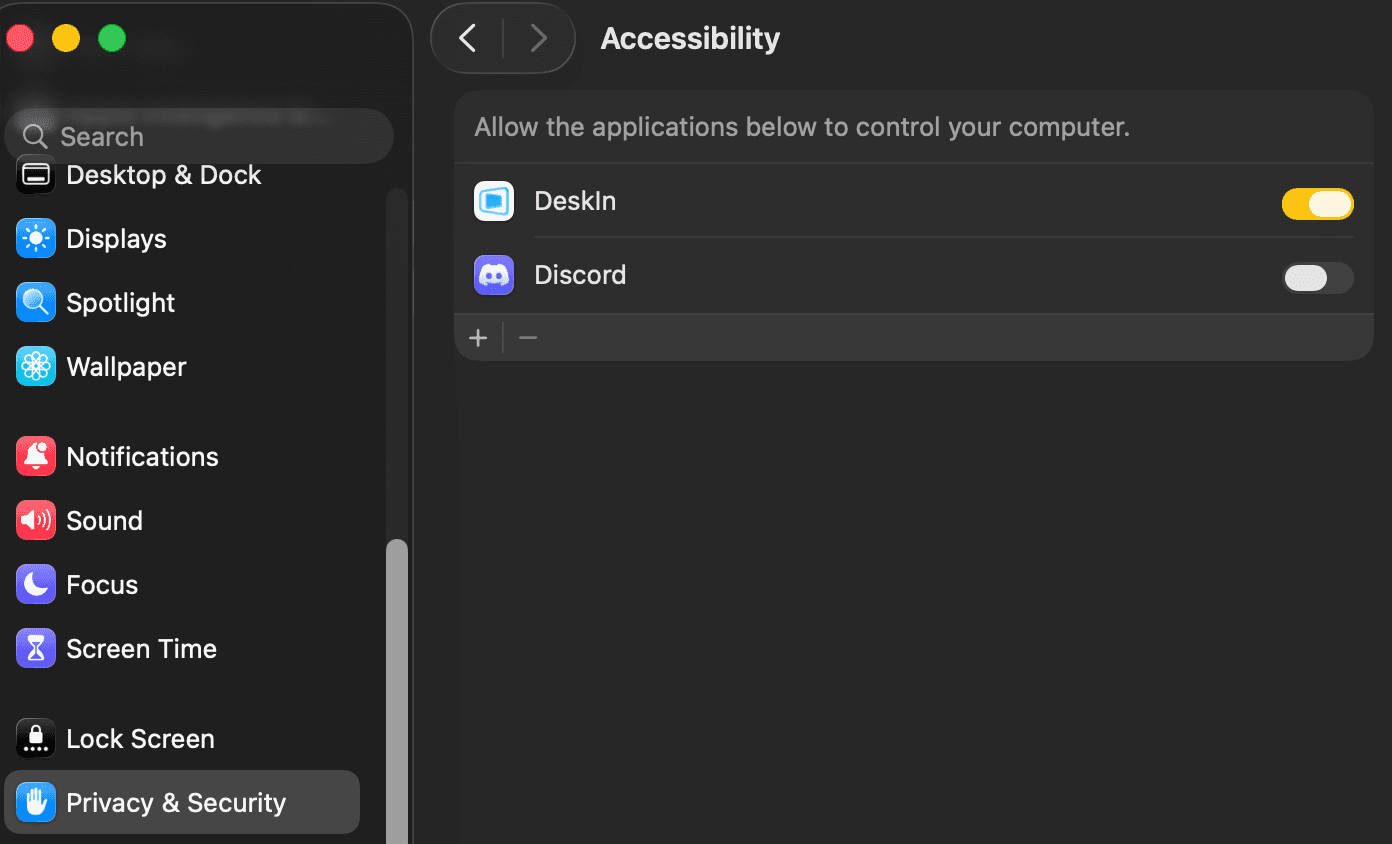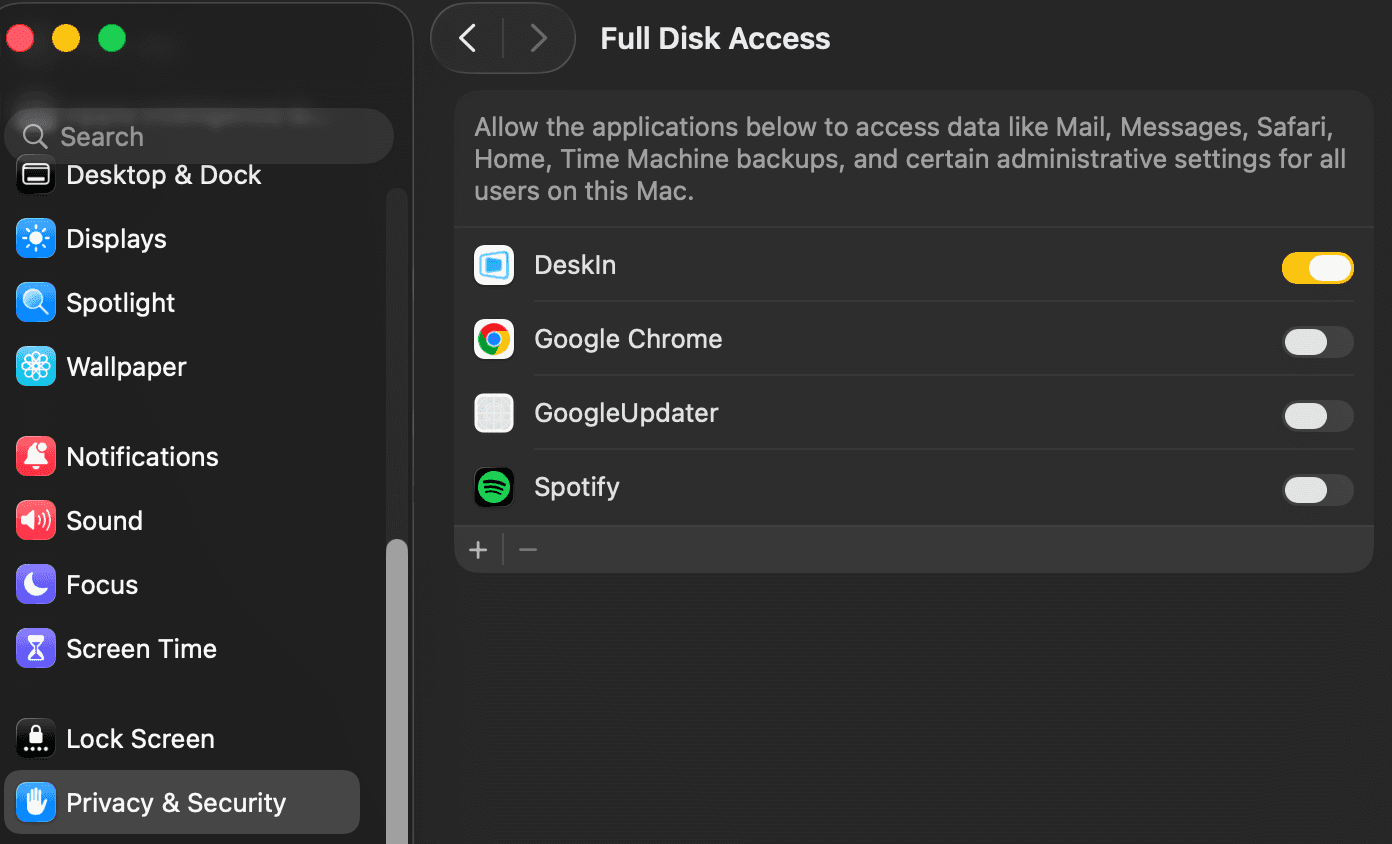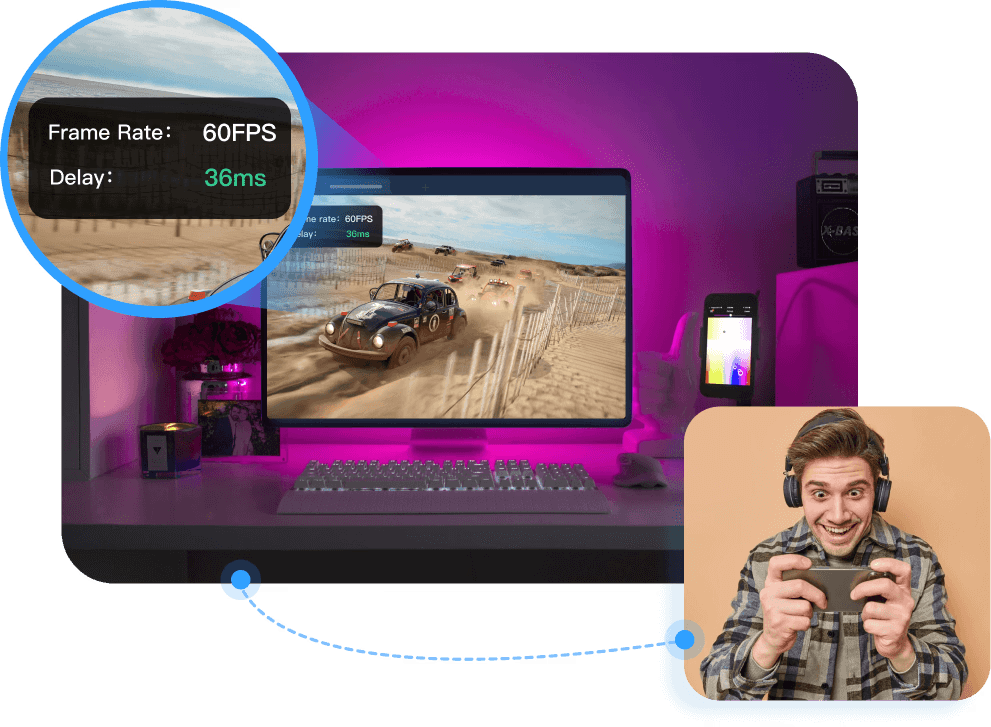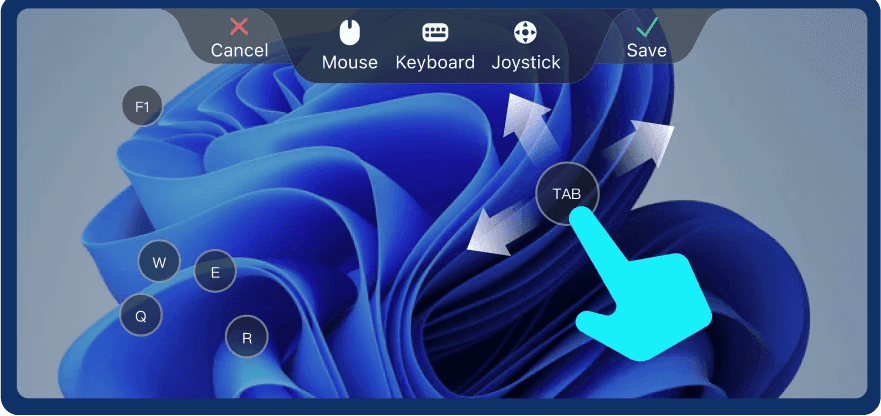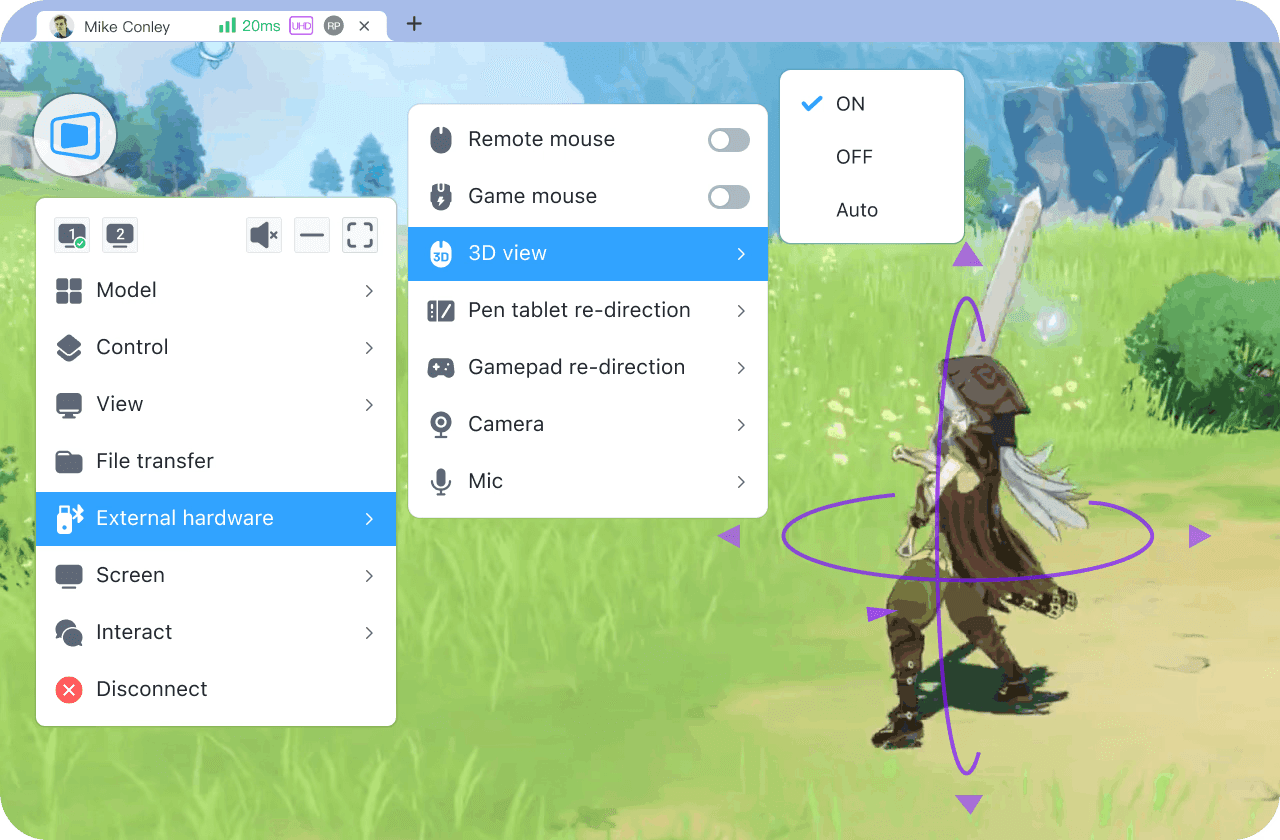Factors that affect the remote user experience include flexibility, connection stability, image quality, latency, ease of use, and security. There is no doubt that latency is the most direct factor affecting the remote connection experience. For efficient remote working and collaboration, connection quality is the key. Lower latency can make users feel like they are working locally. So what factors affect the latency rate? Users who have used DeskIn spoke highly of its stable connection and low latency. What makes them do that? We will show you in the article.
Factors Affecting Remote Control Delay Rate
Delay is usually caused by slow transmission, and the remote data is not transmitted to the local in time for update. The main factors that affect delay rates are:
Internet speed and bandwidth: The faster the transmission speed of local device, and greater the bandwidth——the amount of data that can be transmitted through the network, the lower the delay.
Image quality: Higher image quality needs a greater amount of data to be transmitted at the same time, which makes it easier to cause delays. DeskIn allows you to manually adjust the resolution based on your network conditions to reduce latency.
Network environment: Delays are more likely to occur when the network environment of either device is unstable or congested.
Connection method and server: When the main and controlled devices are on the same network, using P2P connection may be the best way. When the devices are on two different networks or are far apart, a relay server is needed. The location and quantity of the server, and the transmission protocol used will also affect the transmission speed and latency.
Hardware condition: When the hardware performance of the main controlled device is low, or the GPU usage is too high, additional delays may occur. DeskIn provides hardware acceleration options that can unleash the potential of the hardware and reduce CPU intervention to ensure lower latency.
Therefore, how to transmit data faster is the key to reducing the delay rate. DeskIn’s secret weapon is OTT SD-WAN: Smart navigation of remote desktop.
Why do We Need OTT SD-WAN?
Over-The-Top Software-Defined WAN is a technology that detects the network quality of all nodes in real time and selects the optimal transmission route. We also call it smart network navigation technology.
The carrier network does not have a global view, and each router can only do its best to transmit based on local information. This is like driving a car without navigation, you can only look at the road signs along the way, unable to avoid the congestion and accident road ahead.
SD-WAN brings "smart navigation" to the network. Real-time detection of network quality and traffic congestion of all nodes, automatically planning the best path to ensure high-speed transmission and low latency. Paired with more than 200 node server rooms around the world, the OTT SD-WAN framework provides more stable and available connection paths, fully realizing that the network delay between any two nodes in the world does not exceed 120ms, and the network delay from the terminal to the edge node then no more than 10ms
In addition, SD-WAN’s “transmission and control separation” architecture can also reduce network processing delays. The network server is responsible for forwarding, and the control room is responsible for line planning and resource allocation. The two have a clear division of labor to maximize the efficiency of their respective hardware and jointly achieve lower latency.
In addition to speed, the network transmission of remote desktop should be more stable. Jitter and packet loss caused by network fluctuation can cause lag and picture quality damage, which seriously affects operation continuity.
SD-WAN can detect the delay, packet loss and jitter of the whole network in real time, and bypass unstable lines to avoid network jitter and packet loss from the source. Even when encountering sudden fluctuations, it can achieve millisecond fast line switching, minimizing the impact of network fluctuations.
DeskIn Remote Software: the Most Stable and Low-Latency Remote Solution
DeskIn has brought the world's most cutting-edge smart navigation technology to remote desktops, and build its own OTT SD-WAN framework.Users can establish end-to-end connections faster, more securely, and more efficiently.
In order to adapt to various network environments and ensure maximum usage fluency, DeskIn provides 5 connection modes:
Compatible Mode: Prioritize the stability of the connection
Office Mode: Suitable for most office scenarios
High-Performance Mode: Improve the image quality and fluency of remote control
Game Mode: Gamepad supported for most games
Low consumption Mode: Reduce frame rate and image quality to ensure the fluency of remote control

How to Use DeskIn?
Step 1: Install and Register an Account
Install DeskIn on your computer or mobile devices, register a free account and log in.
Note: If this is your first time logging in on a new device, you need to go to your registration email to complete verification to better protect your account security.
Step 2: Connect the Devices
You can find devices that have logged in to the same account on the "Device list". Select the device you want to control, and click "Remote control" on the toolbar on the right, then you are connected to the device.

You can all connect to the devices with "Device ID". Open DeskIn on the local device, enter the "Device ID" of the computer you want to control, Click "Connect" then you are connecting to the device. You can use Password or Password-free method to verify the connection.

"Password-free" verification means you need to manually agree to the connection request on the controlled device. We recommend you to set security password on "Settings" >> "Security settings". In this way, even if the device you wanna control is remote located, you can connect it unattended.
Step 3: Adjust the Connection Mode
After connecting successfully, users can check the real-time network connection status, adjust the connection mode, resolution, update rate, etc. on the toolbar to obtain a more stable and smooth connection.

Conclusion
This article introduces the factors that affect network latency and how the DeskIn team enables faster, more stable, and lower-latency remote connections through smart network navigation technology. Benefit from the technology of OTT SD-WAN, the latency of DeskIn remote connection can be 40ms or even lower, and the file transfer speed is as high as 12MB/s, giving users an extremely fast and smooth user experience. If you want to find a remote desktop software with low latency, DeskIn will be an ideal choice.
Factors that affect the remote user experience include flexibility, connection stability, image quality, latency, ease of use, and security. There is no doubt that latency is the most direct factor affecting the remote connection experience. For efficient remote working and collaboration, connection quality is the key. Lower latency can make users feel like they are working locally. So what factors affect the latency rate? Users who have used DeskIn spoke highly of its stable connection and low latency. What makes them do that? We will show you in the article.
Factors Affecting Remote Control Delay Rate
Delay is usually caused by slow transmission, and the remote data is not transmitted to the local in time for update. The main factors that affect delay rates are:
Internet speed and bandwidth: The faster the transmission speed of local device, and greater the bandwidth——the amount of data that can be transmitted through the network, the lower the delay.
Image quality: Higher image quality needs a greater amount of data to be transmitted at the same time, which makes it easier to cause delays. DeskIn allows you to manually adjust the resolution based on your network conditions to reduce latency.
Network environment: Delays are more likely to occur when the network environment of either device is unstable or congested.
Connection method and server: When the main and controlled devices are on the same network, using P2P connection may be the best way. When the devices are on two different networks or are far apart, a relay server is needed. The location and quantity of the server, and the transmission protocol used will also affect the transmission speed and latency.
Hardware condition: When the hardware performance of the main controlled device is low, or the GPU usage is too high, additional delays may occur. DeskIn provides hardware acceleration options that can unleash the potential of the hardware and reduce CPU intervention to ensure lower latency.
Therefore, how to transmit data faster is the key to reducing the delay rate. DeskIn’s secret weapon is OTT SD-WAN: Smart navigation of remote desktop.
Why do We Need OTT SD-WAN?
Over-The-Top Software-Defined WAN is a technology that detects the network quality of all nodes in real time and selects the optimal transmission route. We also call it smart network navigation technology.
The carrier network does not have a global view, and each router can only do its best to transmit based on local information. This is like driving a car without navigation, you can only look at the road signs along the way, unable to avoid the congestion and accident road ahead.
SD-WAN brings "smart navigation" to the network. Real-time detection of network quality and traffic congestion of all nodes, automatically planning the best path to ensure high-speed transmission and low latency. Paired with more than 200 node server rooms around the world, the OTT SD-WAN framework provides more stable and available connection paths, fully realizing that the network delay between any two nodes in the world does not exceed 120ms, and the network delay from the terminal to the edge node then no more than 10ms
In addition, SD-WAN’s “transmission and control separation” architecture can also reduce network processing delays. The network server is responsible for forwarding, and the control room is responsible for line planning and resource allocation. The two have a clear division of labor to maximize the efficiency of their respective hardware and jointly achieve lower latency.
In addition to speed, the network transmission of remote desktop should be more stable. Jitter and packet loss caused by network fluctuation can cause lag and picture quality damage, which seriously affects operation continuity.
SD-WAN can detect the delay, packet loss and jitter of the whole network in real time, and bypass unstable lines to avoid network jitter and packet loss from the source. Even when encountering sudden fluctuations, it can achieve millisecond fast line switching, minimizing the impact of network fluctuations.
DeskIn Remote Software: the Most Stable and Low-Latency Remote Solution
DeskIn has brought the world's most cutting-edge smart navigation technology to remote desktops, and build its own OTT SD-WAN framework.Users can establish end-to-end connections faster, more securely, and more efficiently.
In order to adapt to various network environments and ensure maximum usage fluency, DeskIn provides 5 connection modes:
Compatible Mode: Prioritize the stability of the connection
Office Mode: Suitable for most office scenarios
High-Performance Mode: Improve the image quality and fluency of remote control
Game Mode: Gamepad supported for most games
Low consumption Mode: Reduce frame rate and image quality to ensure the fluency of remote control

How to Use DeskIn?
Step 1: Install and Register an Account
Install DeskIn on your computer or mobile devices, register a free account and log in.
Note: If this is your first time logging in on a new device, you need to go to your registration email to complete verification to better protect your account security.
Step 2: Connect the Devices
You can find devices that have logged in to the same account on the "Device list". Select the device you want to control, and click "Remote control" on the toolbar on the right, then you are connected to the device.

You can all connect to the devices with "Device ID". Open DeskIn on the local device, enter the "Device ID" of the computer you want to control, Click "Connect" then you are connecting to the device. You can use Password or Password-free method to verify the connection.

"Password-free" verification means you need to manually agree to the connection request on the controlled device. We recommend you to set security password on "Settings" >> "Security settings". In this way, even if the device you wanna control is remote located, you can connect it unattended.
Step 3: Adjust the Connection Mode
After connecting successfully, users can check the real-time network connection status, adjust the connection mode, resolution, update rate, etc. on the toolbar to obtain a more stable and smooth connection.

Conclusion
This article introduces the factors that affect network latency and how the DeskIn team enables faster, more stable, and lower-latency remote connections through smart network navigation technology. Benefit from the technology of OTT SD-WAN, the latency of DeskIn remote connection can be 40ms or even lower, and the file transfer speed is as high as 12MB/s, giving users an extremely fast and smooth user experience. If you want to find a remote desktop software with low latency, DeskIn will be an ideal choice.

Play x Work
All at Once
DeskIn Remote Game
only $14.32 USD 🎉 Limited on July 16-31
Add promo code: deskinsummer1






